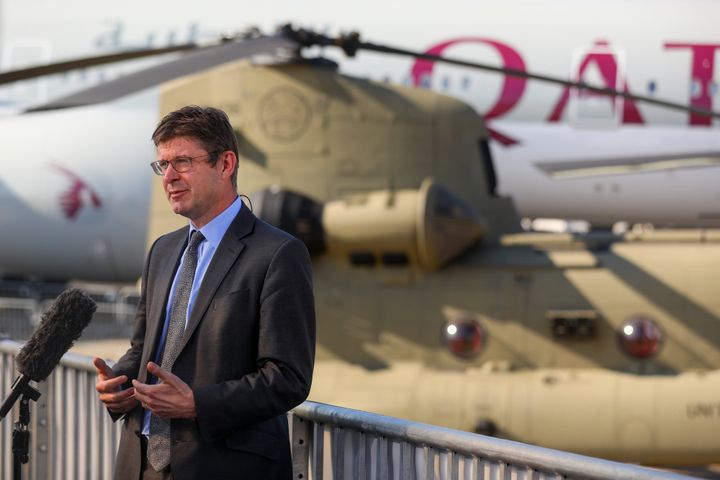
In 1919 following the end of the First World War, the UK was in need of a transport revolution.
In August, it began. At a London airfield, a lone reporter prepared for take-off on the UK’s first regular daily international scheduled flight. The aircraft was a De Havilland 4A Bomber, converted and restored by the British Aircraft and Travel company for passenger use. The flight was a success and five years later Imperial Airways was born and continues today as our national flag carrier, British Airways.
Since the birth of civil aerospace in the UK we have risen to be a world leader, second only globally to the USA. With the UK home to the manufacturing of some the most technologically advanced parts of aircraft manufacturing and employing people in high skilled and well paid jobs in every region of the UK.
We are the wing capital of the world. Our expertise spreads from Bombardier’s Short Brother’s facility, employing more than 4,000 dedicated staff - with around a third building the advanced wings for the Airbus A220, to Airbus factories in Bristol and North Wales manufacturing wings for the whole family of Airbus’ large passenger aircraft. Producing over 1,000 wings a year and employing over 10,000 people, British-built wings transport millions of passengers to all corners of the earth.
And with wings come engines and the UK is the home of the jet engine. Sir Frank Whittle invented the jet engine in the 1930s, which not only transformed aviation but also the way we live our lives.
Technology is rapidly changing the aerospace industry and the way we travel. Innovative manufacturing and new research has put us on the cusp of a new era in civil aviation. We want the UK to be forefront of this revolution.
As part of our modern Industrial Strategy, the government and industry committed to invest £3.9 billion into UK aerospace from 2013 to 2026. With the spotlight on the UK’s world-famous Farnborough International Airshow, we announced our latest investment – some of which take us even closer to cleaner electric aeroplanes.
The electrification of aircraft engines presents us with a huge opportunity to revolutionise the future of flight. It is a development our predecessors in the 1930s could not have imagined and the UK is leading the charge.
By investing in E-Fax X, a project led by Airbus in collaboration with Rolls-Royce and Siemens, we are placing the UK at the forefront of electrical aviation. The project will see the development of a world-leading electrical demonstrator plane that will help the aerospace sector to manufacture cleaner, faster and quieter engines.
As the sector grows even further we need to expand our skills base. We’ve already seen industry and government coming together to create an additional 500 Masters level postgraduate places for aerospace, however, more needs to be done to attract the country’s best talent and this is why we fully support the creation of a ‘Women in Aviation and Aerospace Charter’. The Charter will see employers across the sector working together to be the very best at driving diversity and inclusion within the sector and providing opportunities for women to succeed at the highest levels.
We’ve come a long way since 1919, however the journey into the future is only just beginning. From the home of the jet engine to being the home of the next generation electric engines, we want to ensure the UK continues to pioneer the next revolution in civil aerospace.
Greg Clark is the business, energy and industrial strategy secretary
